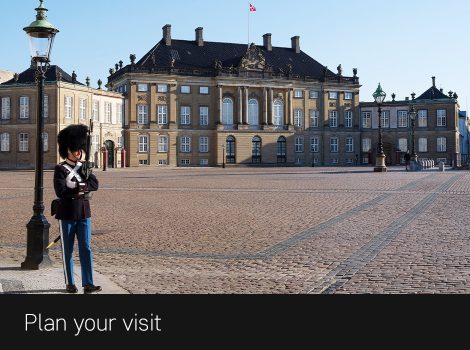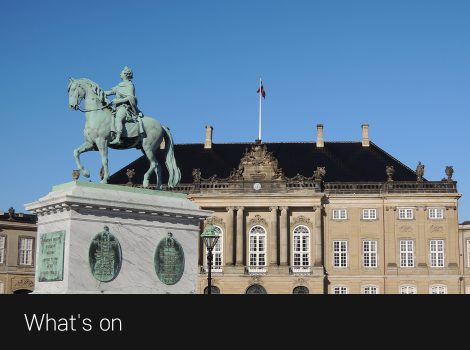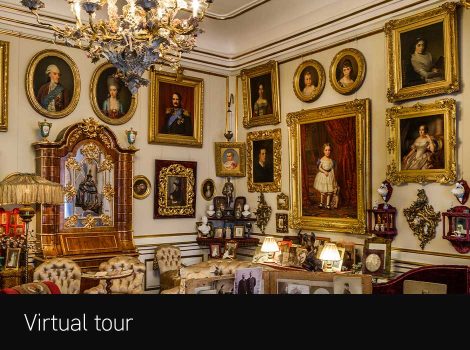Vi og vores samarbejdspartnere (3. part) bruger teknologier, herunder cookies, til at indsamle oplysninger om dig til forskellige formål, herunder:
1) Funktionalitet
2) Statistik
3) Marketing
Ved at trykke på 'Accepter alle' giver du samtykke til alle disse formål.
Du kan også vælge at tilkendegive, hvilke formål du vil give samtykke til ved at benytte klikke på 'Vis detaljer' og sætte flueben ud for formålet, og derefter trykke på 'Gem indstillinger'.
Hvis du trykker 'Afvis alle' sættes kun funktionelle cookies.
Du kan til enhver tid se hvilke udbydere der sætter 3. parts cookies samt trække dit samtykke tilbage ved at besøge siden Cookiepolitik.
Du kan læse vores cookiepolitik og fortrolighedserklæring ved at klikke på linkene nedenfor.
Nødvendige cookies hjælper med at gøre en hjemmeside brugbar ved at aktivere grundlæggende funktioner, såsom side-navigation og adgang til sikre områder af hjemmesiden. Hjemmesiden kan ikke fungere optimalt uden disse cookies.
Den tekniske lagring eller adgang er nødvendig for det legitime formål at lagre præferencer, som abonnenten eller brugeren ikke har anmodet om.
Vi indsamler oplysninger om, hvordan du interagerer med hjemmesiden, herunder hvor ofte du besøger siden, og hvilke sider du kigger på. Det gør vi for at kunne optimere design, brugervenlighed og styrke effektiviteten af hjemmesiden. Derudover bruger vi oplysningerne til at give dig personaliseret indhold og udarbejde markedsanalyser.
Den tekniske lagring eller adgang, der udelukkende anvendes til anonyme statistiske formål. Uden en stævning, frivillig overholdelse fra din internetudbyders side eller yderligere optegnelser fra en tredjepart kan oplysninger, der er gemt eller hentet til dette formål alene, normalt ikke bruges til at identificere dig.
Vi indsamler oplysninger om dine interesser, herunder hvilke sider og annoncer du klikker på, hvilke produkter eller ydelser du viser interesse for, eller køber, på denne og andre hjemmesider. Det gør vi for at kunne vise dig annoncer, der er relevante for dig og dine interesser. For at kunne vise dig målrettede annoncer på denne og andre hjemmesider, samarbejder vi med andre virksomheder, som vi deler oplysninger med.
 Dansk
Dansk
 English
English
 Deutsch
Deutsch






